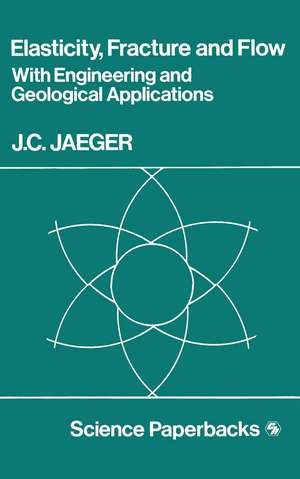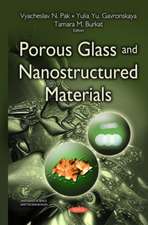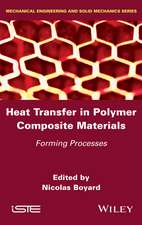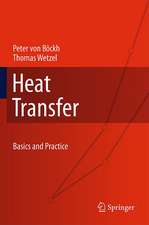Elasticity, Fracture and Flow: with Engineering and Geological Applications
Autor J. C. Jaegeren Limba Engleză Paperback – 30 sep 1971
Preț: 382.36 lei
Nou
Puncte Express: 574
Preț estimativ în valută:
73.17€ • 76.30$ • 60.81£
73.17€ • 76.30$ • 60.81£
Carte tipărită la comandă
Livrare economică 21 martie-04 aprilie
Preluare comenzi: 021 569.72.76
Specificații
ISBN-13: 9780412208904
ISBN-10: 0412208903
Pagini: 268
Ilustrații: VIII, 268 p.
Dimensiuni: 127 x 203 x 15 mm
Greutate: 0.28 kg
Ediția:1969
Editura: SPRINGER NETHERLANDS
Colecția Springer
Locul publicării:Dordrecht, Netherlands
ISBN-10: 0412208903
Pagini: 268
Ilustrații: VIII, 268 p.
Dimensiuni: 127 x 203 x 15 mm
Greutate: 0.28 kg
Ediția:1969
Editura: SPRINGER NETHERLANDS
Colecția Springer
Locul publicării:Dordrecht, Netherlands
Public țintă
ResearchCuprins
I Stress and Strain.- 1. Introductory.- 2. Stress. Definitions and notation.- 3. Stresses in two dimensions.- 4. Stresses in three dimensions.- 5. Mohr’s representation of stress in three dimensions.- 6. Displacement and strain. Introduction.- 7. The geometry of finite homogeneous strain in two dimensions.- 8. Finite homogeneous strain in three dimensions.- 9. Mohr’s representation of finite homogeneous strain without rotation.- 10. Infinitesimal strain in two dimensions.- 11. Infinitesimal strain in three dimensions.- II Behaviour of Actual Materials.- 12. Introductory.- 13. The stress-strain relations for a perfectly elastic isotropic solid.- 14. Special cases: biaxial stress and strain.- 15. Strain-energy.- 16. Anisotropic substances.- 17. Finite hydrostatic strain.- 18. Natural strain.- 19. The equations of viscosity.- 20. Fracture and yield.- 21. The maximum shear stress theory of fracture and its generalizations.- 22. Mohr’s theory of fracture.- 23. Earth pressure.- 24. The Griffith theory of brittle strength.- 25. Strain theories of failure.- 26. The tensile test on ductile materials.- 27. Yield criteria.- 28. The yield surface.- 29. The equations of plasticity.- 30. Substances with composite properties.- III Equations of Motion and Equilibrium.- 31. Introductory.- 32. Simple problems illustrating the behaviour of elastic, viscous, plastic and Bingham substances.- 33. The elastic equations of motion.- 34. The elastic equations of equilibrium.- 35. Special cases of the equations of elasticity.- 36. Special problems in elasticity.- 37. Wave propagation.- 38. Elastic waves.- 39. The equations of motion of a viscous fluid.- 40. Special problems in viscosity.- 41. Plastic flow in two dimensions.- IV Applications.- 42. Introductory.- 43. Experimental results onthe mechanical properties of rocks.- 44. Systems having one or more planes of weakness.- 45. Porous media.- 46. Further discussion of criteria for failure.- 47. Stresses and faulting in the crust.- 48. The Coulomb-Navier theory in terms of invariants.- 49. The representation of two-dimensional stress fields.- 50. Stresses around openings.- 51. The use of the complex variable.- 52. Displacements.- 53. Underground measurements and their results.- 54. Measurement of rock properties.- 55. Effects of flaws, size and stress gradient.- 56. The complete stress-strain curve.- V Applications to Structural Geology.- 57. Introductory.- 58. Combination of strains.- 59. Determination of finite strain from deformed objects.- 60. Progressive deformation.- 61. Analysis of strain in folding.- 62. Instability theory: folding and kinking.- 63. Development of preferred orientations of ellipsoidal particles.- Notation.- Author Index.







